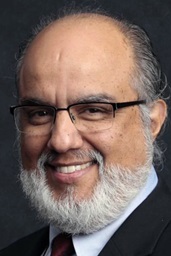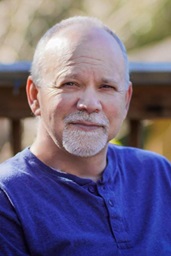“You should interpret what you hear ‘as is,’ and don’t allow your own opinion to influence what has been said” recommended Donald Reasoner, director of the translation services at Global Ministries, the mission office of The United Methodist Church.
Reasoner, a former missionary and an experienced translator who lived in Brazil for many years, was speaking to more than 140 translators who joined General Conference 2012, the denomination’s top lawmaking body, for its gathering in Tampa, Fla.
There are seven official languages for this year’s conference. About 140 experienced translators will interpret for the 450 delegates from the central conferences. Most translators speak not two, but three or more languages. They will translate the briefing sessions, legislative committees and deliberations on the floor.
God bless you! Pagpalain ka ng Panginoon, Deus te abençoe, Mungu Akubariki, Que Dieu vous benisse!
United Methodist delegates will hear a multitude of tongues as they work, dialogue, deliberate and witness with international delegates. The total of delegates from central conferences and Concordat churches in Latin America is 372. There are about 40 non-voting delegates from Latin American churches. It is estimated there are at least 50 visitors from outside the United States.
Delegates from Africa, Asia, Europe, the Philippines, Latin America and the Caribbean will bring color, flavor and the sounds of more than 10 languages. Throughout Tampa’s Convention Center, Tagalog, Swahili, French, Portuguese, German, Russian, Korean, Spanish, Burmese and English will be spoken as well as some local dialects. Sign language will be in evidence as well.
“More than 430 people depend on our participation,” Linda Tanquist-Boulus, a former missionary to the Democratic Republic of Congo, told the group.
“Those people are tired, they have traveled for several days — even for a week — in order to get here and be with us. They are tired, they left the familiar to the unfamiliar and when they get here they are overwhelmed with their inability to communicate.”
“We are here to help them, to interpret and facilitate. We are here to make a little easier for them,” she said. “We have an expression in English —‘We can’t see the forest for the trees.’ This means focus on the big picture.”
Merci, gracias, danke! Kam sam ham me da!
Like what you're reading? Support the ministry of UM News! Your support ensures the latest denominational news, dynamic stories and informative articles will continue to connect our global community. Make a tax-deductible donation at ResourceUMC.org/GiveUMCom.



